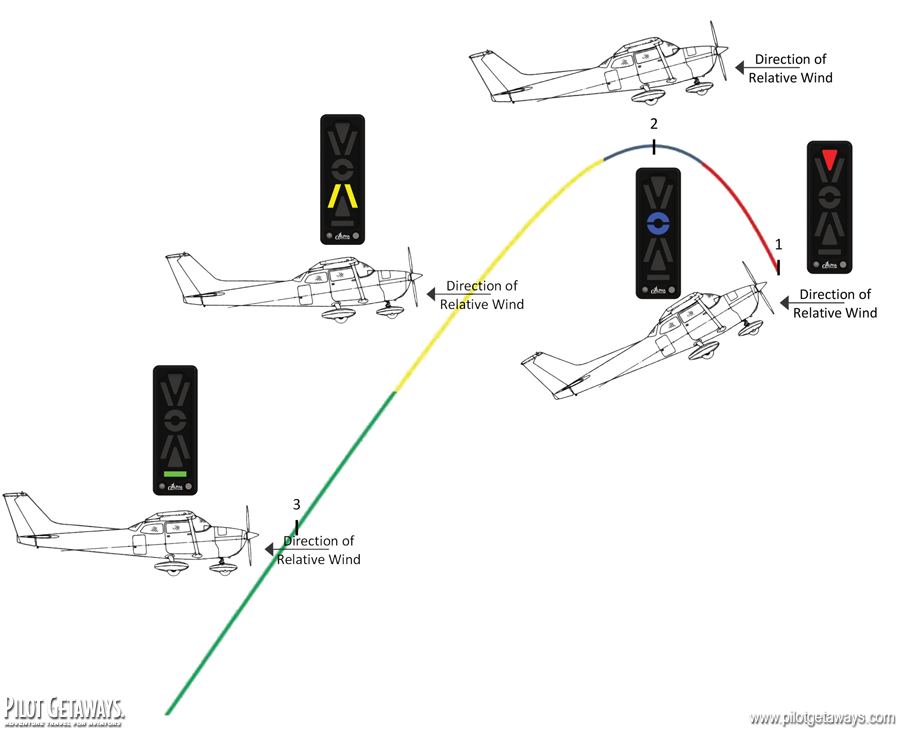

It is safe to assume that it is operating at higher angles of attack than the optimum for best range. The outline of the plane is given in detail so you get familiar with what it will look like. Please note that the wing area of the 737 is roughly constant since the Sixties, while the mass has increased considerably. The initial part of the course is an overview of the PMDG 737-700. Other sections of the wing have slightly different values, according to the wing's twist. So my quick-and-dirty answer is 1.8 degrees.

This gives about 1.8° as the corrected value. Now we need a correction for the 737 wing sweep of 25 degree, which is computed by dividing the angle of attack by 0.9, the cosine of the quarter chord sweep angle. Developed with technical input from Boeing. The flight Reynolds number of the 737's MAC is 22 million, so the angle of attack is even less, maybe 1.5°. PMDG 777-200LR/F is an add-on for Microsoft Flight Simulator game. Please note that this increment must be applied to the zero-lift angle of attack, which is -1°. This point is given by $$c_L = \sqrt$ = 0.693 at Mach 0.82. Sign in to download full-size image Figure 15.19. 15.20, which shows the dependence of on for the airfoil known as Göttingen-420. However, for some airfoils, data are available for all 360 degrees of, as in Fig. First, let's assume that all lift is created by the wing, and that the plane is flying in ideal conditions, where fuel flow per distance flown is minimal. Since, presumably, airplanes move only forward, the tabulations are usually made for only a small range of angles of attack near zero.


 0 kommentar(er)
0 kommentar(er)
